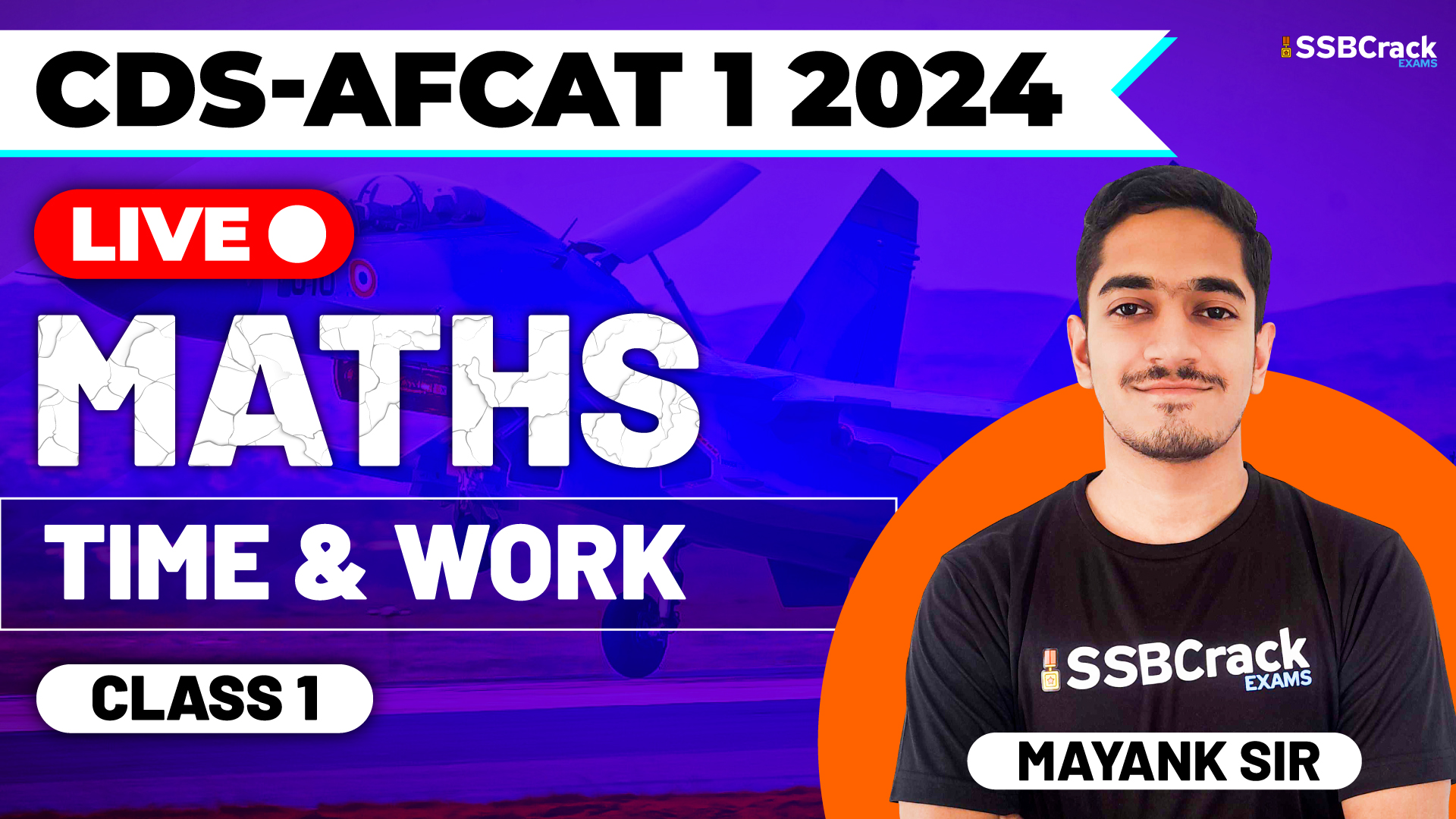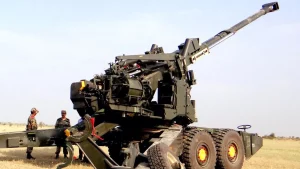Competitive exams like the CDS (Combined Defence Services) and AFCAT (Air Force Common Admission Test) require not only theoretical knowledge but also practical problem-solving skills. In your recent introductory class, you delved into the intriguing world of “Time and Work.” This blog will explore the key takeaways from your class, highlighting the introduction of formulae and clever tricks for solving time and work problems. Additionally, we will discuss advanced topics such as efficiency, pipes and cisterns, which further expand your understanding of this essential subject.
Foundations of Time and Work: Formulae and Tricks
Before venturing into the advanced concepts, it’s essential to grasp the fundamental formula that underlies time and work problems:
Work = Rate × Time
This formula serves as the bedrock for solving time and work problems. It helps you determine the amount of work done when the rate at which work is performed and the time taken are known.
Trick for Calculating Time:
When you know the amount of work (W) and the rate of work (R), you can find the time (T) required to complete the work:
Time (T) = Work (W) / Rate (R)
Efficiency: Unveiling the Key to Productivity
In your introductory class, you likely encountered the concept of efficiency. Efficiency is the measure of how effectively a person, machine, or process performs work. It’s usually expressed as a percentage. For example, if a person’s efficiency is 80%, it means they complete 80% of the work they attempt.
Efficiency is often crucial in scenarios where different individuals or machines contribute to a task. You can calculate efficiency using the formula:
Efficiency (%) = (Actual Output / Maximum Possible Output) × 100%
Efficiency plays a significant role in allocating tasks and resources efficiently in various military and air force operations.
Pipes and Cisterns: Managing Fluid Dynamics
The concept of pipes and cisterns extends the principles of time and work to fluid dynamics. These problems typically involve scenarios where pipes are filling or emptying a cistern. You need to understand how the rate at which water flows into or out of the cistern affects the time it takes to fill or empty it.
Why These Concepts Matter
- Efficient Resource Allocation: Mastery of time and work, efficiency, and pipes and cisterns concepts ensures optimal resource allocation in scenarios where multiple entities contribute to a task.
- Time Management: Efficiency and productivity are critical in competitive exams. Proficiency in these techniques allows you to efficiently allocate your time across different sections of the exam.
- Real-World Application: These concepts have practical applications in military planning, logistics, and air force operations, where precise calculations are essential for resource management.
Practice: The Path to Mastery
As with any mathematical concept, practice is the key to mastering time and work problems, efficiency calculations, and pipes and cistern scenarios. Regular practice exposes you to various scenarios and enhances your problem-solving skills.
Conclusion
Your introductory class on time and work for CDS and AFCAT preparation has provided you with essential formulae and tricks. Embrace these tools as your allies on your journey to success. As you continue your studies and practice, you’ll find that these techniques become second nature, enabling you to tackle even the most complex time and work problems on the day of the exam. So, keep practicing, stay focused, and remember that mastery of the fundamentals is your key to excelling in the exams and in real-world applications. With dedication and practice, you are well on your way to achieving success in the CDS and AFCAT exams. Good luck!





















